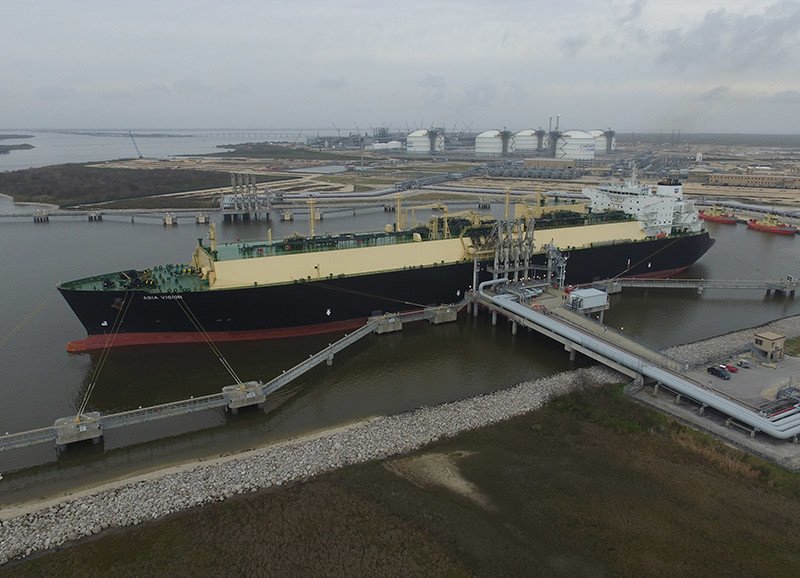While the volatile oil market constantly keeps energy economists and journalists on their toes, natural gas has quietly reached new heights in both demand and prices.
For most of this year, gas has been riding a wave of increasing demand and reduced supply with U.S. wellhead prices hitting a nearly three-year high of $3.779 MMBtu in late July, months before the start of the typical winter heating season. Just as gas-fired plants return to operation from Covid-induced lockdowns and air conditioners run at full blast to cope with oppressive heat gripping much of the country, stockpiles dropped as much as 7% below the five-year average, according to federal data.
In its July 7 Short-Term Energy Outlook, the U.S. Energy Information Administration (EIA), predicted the combination of lower production and increasing exports of liquefied natural gas (LNG) would lead to “slightly lower-than-average” inventory builds during the summer build season, which ends in October. Forecasted U.S. stockpiles of 3.6 Tcf (trillion cubic feet) at the end of October would fall 3% below the five-year average, according to the EIA.
The prospects for U.S.-produced gas are particularly bullish in Europe and Asia, where an insatiable appetite has LNG trading at up to $14/MMBtu. The EIA expects U.S. LNG exports to average 9.6 Bcf/d in 2021 and 10.2 Bcf/d in 2022, “surpassing pipeline exports for the first time on an annual basis in both years.”
Seven LNG export terminals are in operation in the U.S., four of which are located along the Louisiana and Texas coasts, with a fifth under construction. Tellurian Inc.’s Driftwood LNG export facility, located south of Lake Charles, La., is targeted for first cargo in 2023.
Cheniere Energy, operator of the pacesetting Sabine Pass export terminal in Cameron, La., and the newer Corpus Christi LNG facility off the Texas coast, delivered a combined quarterly record of 133 cargoes in the first quarter, but said projections have only gone up from then. “We forecast that the global LNG trade will approximately double, expanding by approximately 350 million tons per annum to over 700 million tonnes per annum by 2040, which would support approximately 225 million tons per annum of incremental global supply,” President and CEO Jack Fusco said on May 4.
In its 2021 LNG Outlook, Royal Dutch Shell expects Asia to drive 75% of the forecasted long-term growth as domestic gas production falls and LNG replaces higher-emission energy sources. Noting that gas demand weathered the pandemic much better than that of oil, Shell said the global LNG market increased to 360 million tons in 2020.




